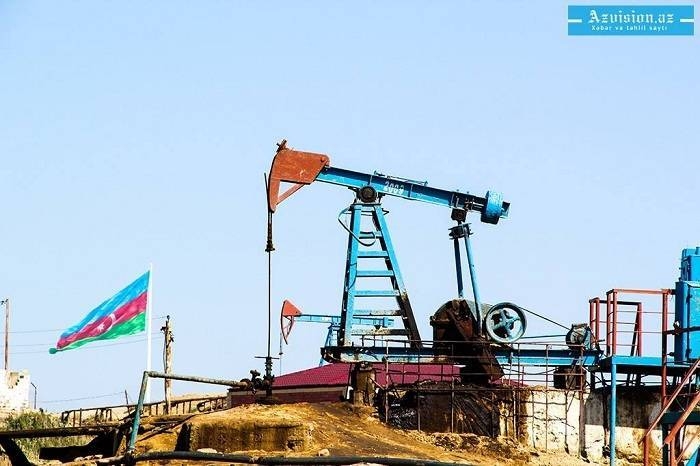Brent crude futures LCOc1, the international benchmark for oil prices, climbed as high as $75.20 in early trading on Tuesday, levels not seen since November, 2014. Brent was still at $74.89 a barrel at 0109 GMT, up 18 cents, or 0.2 percent from its last close.
U.S. West Texas Intermediate (WTI) crude futures CLc1 were at $68.84 a barrel, up 20 cents, or 0.3 percent from their last settlement.
Markets have been lifted by supply cuts led by the Organization of the Petroleum Exporting Countries (OPEC) which were introduced in 2017 with the aim of propping up the market, as well as by the potential of renewed U.S. sanctions against Tehran.
The United States has until May 12 to decide whether it will leave the Iran nuclear deal and instead renew sanctions against the OPEC member, which would further tighten global supplies.
“Crude prices are now sitting at the highest levels in three years, reflecting ongoing concerns around geopolitical tensions in the Middle East, which is the source of nearly half of the world’s oil supply,” ANZ bank said on Tuesday.
OPEC’s efforts to tighten markets are being led by top exporter Saudi Arabia, where state-controlled oil firm Saudi Aramco is pushing for higher prices ahead of a partial listing planned for later this year or 2019.
“Oil strength is coming from Saudi Arabia’s recent commitment to get oil back up to between $70 to $80 per barrel as well as inventory levels that are back in the normal range,” said William O’Loughlin, investment analyst at Australia’s Rivkin Securities.
The OPEC supply management and threat of new sanctions come just as demand in Asia, the world’s biggest oil consuming region, hits a fresh record as new and expanded refineries start up from China to Vietnam.
REUTERS
More about: OILPRICE
















































